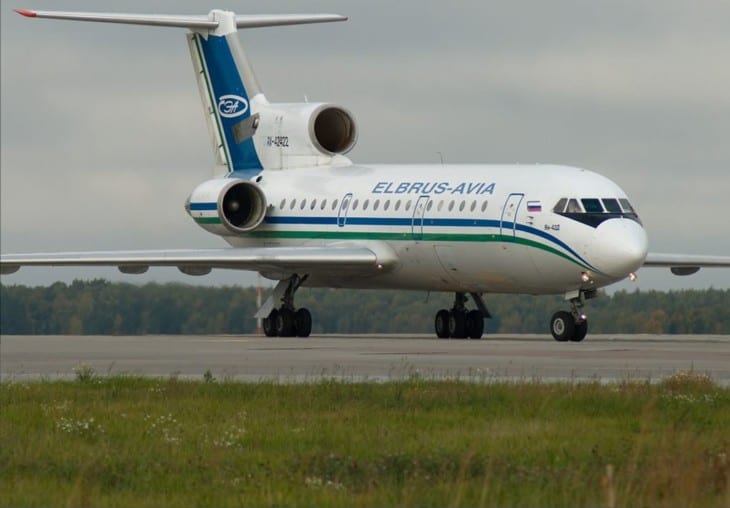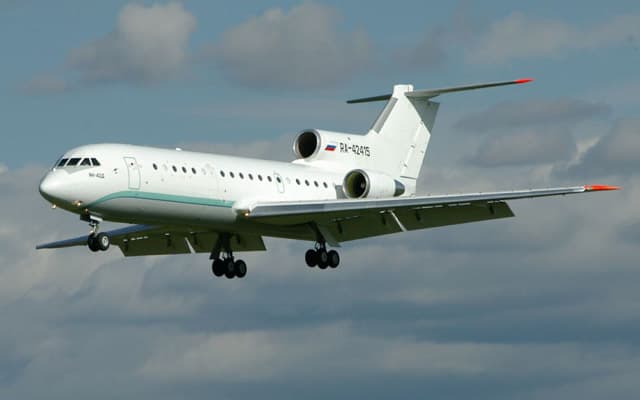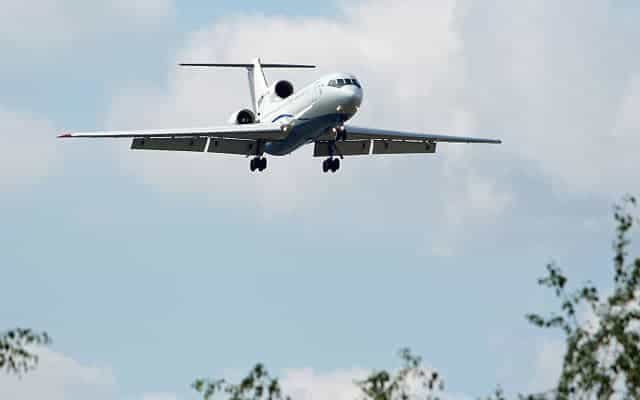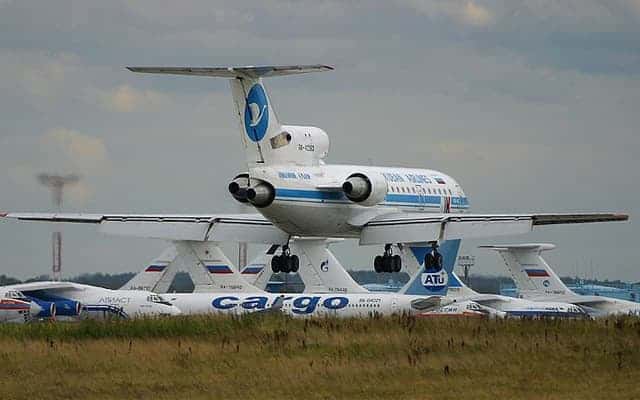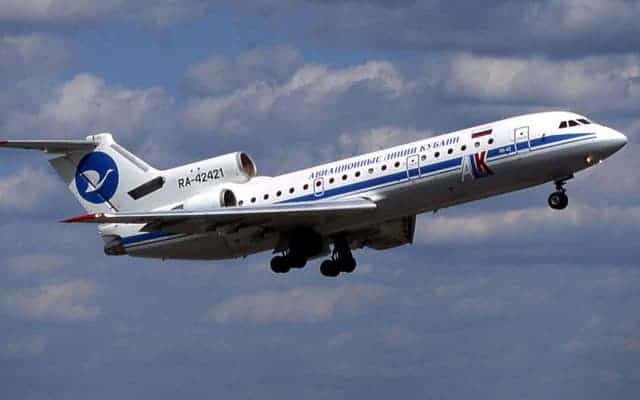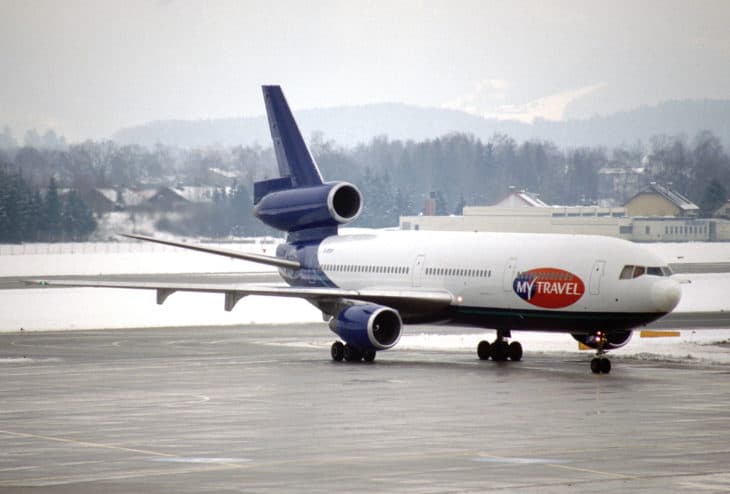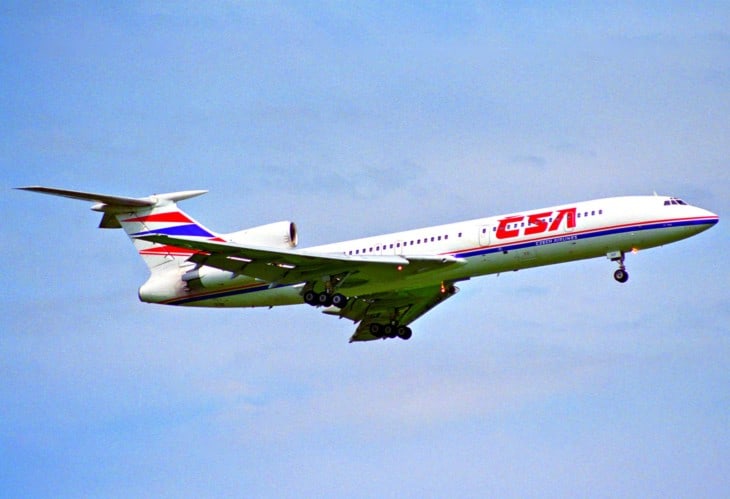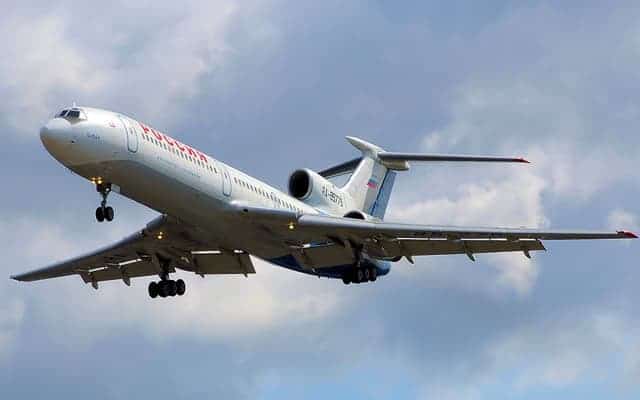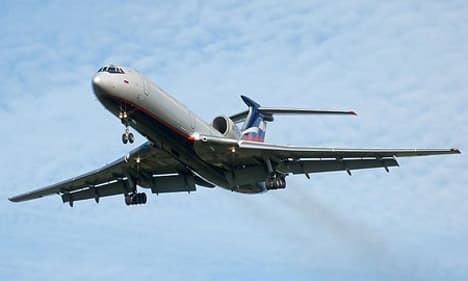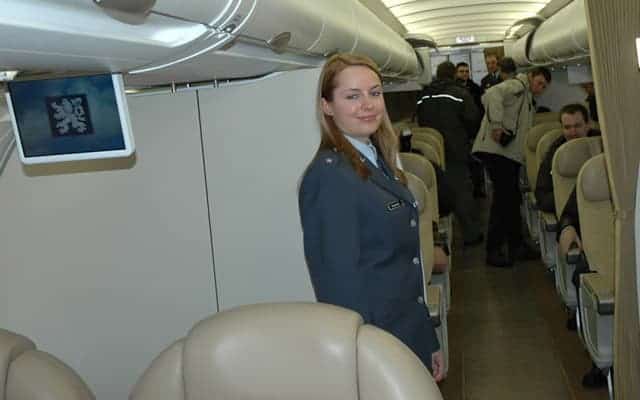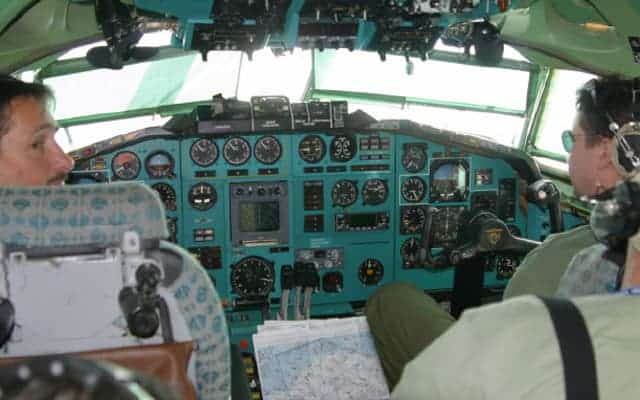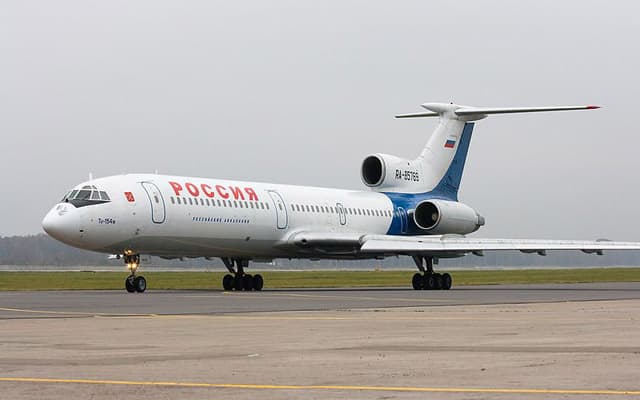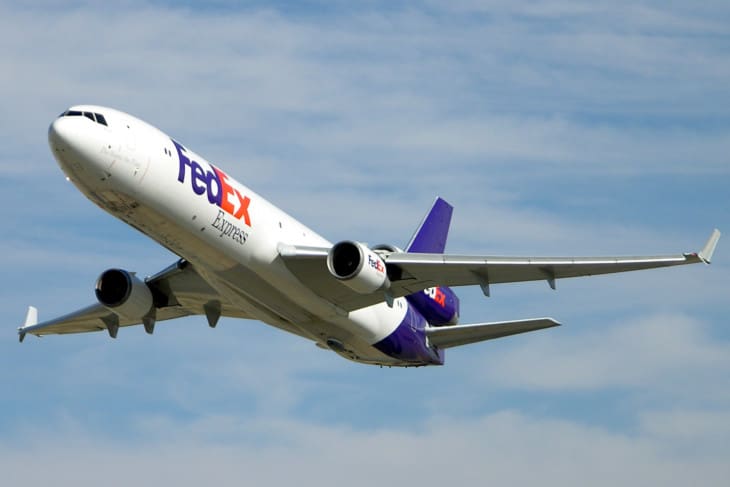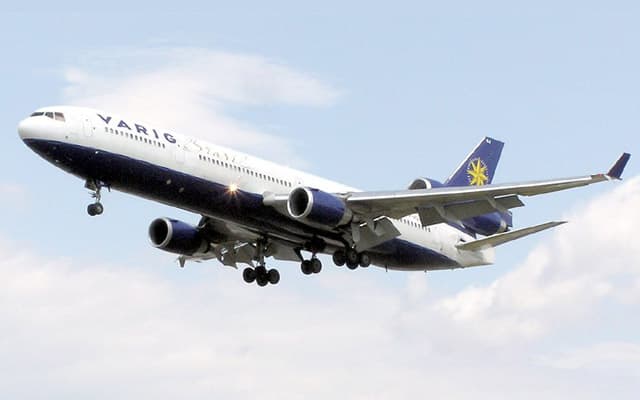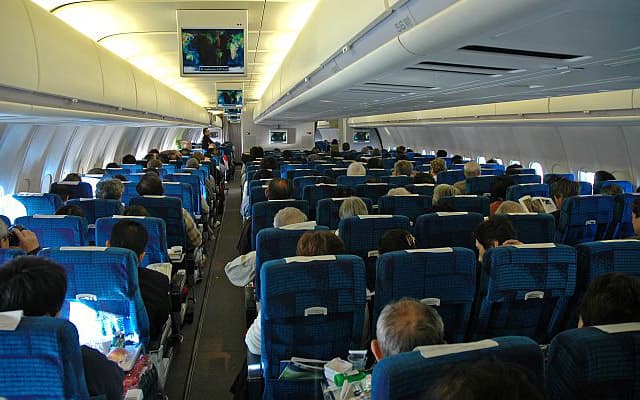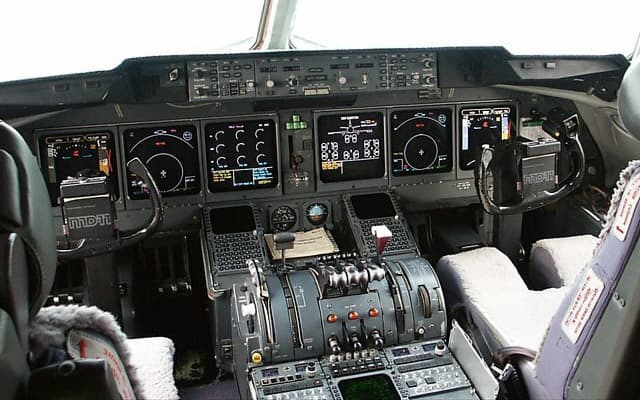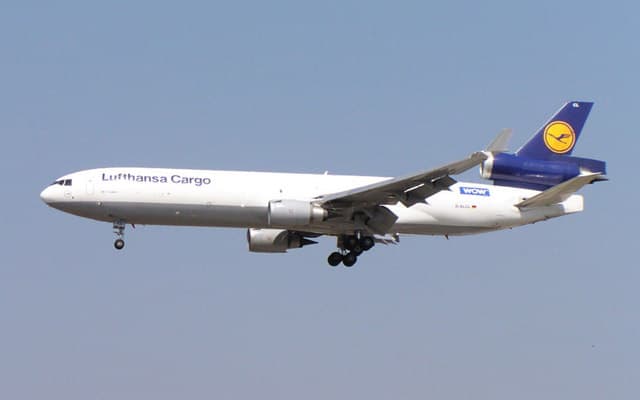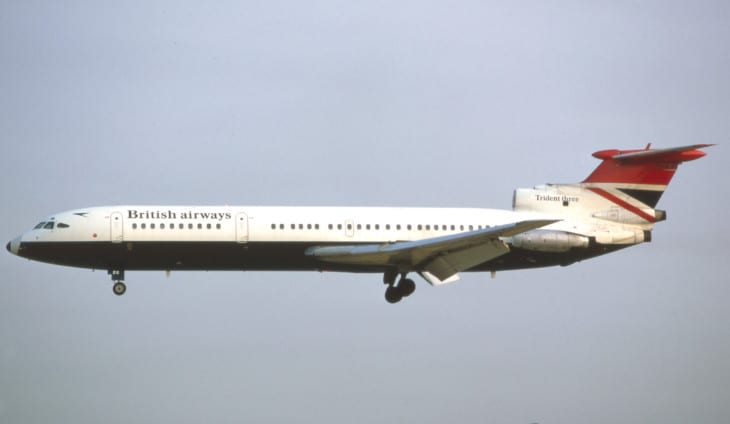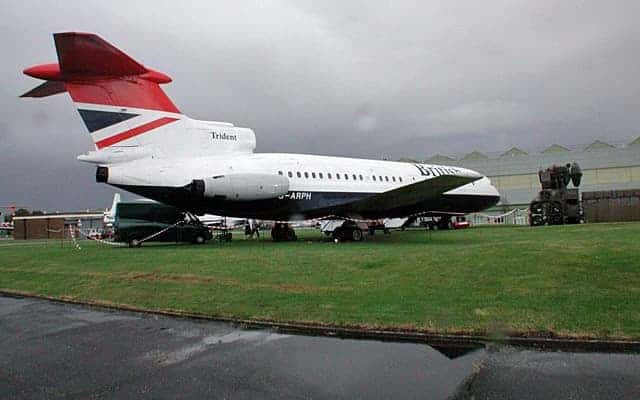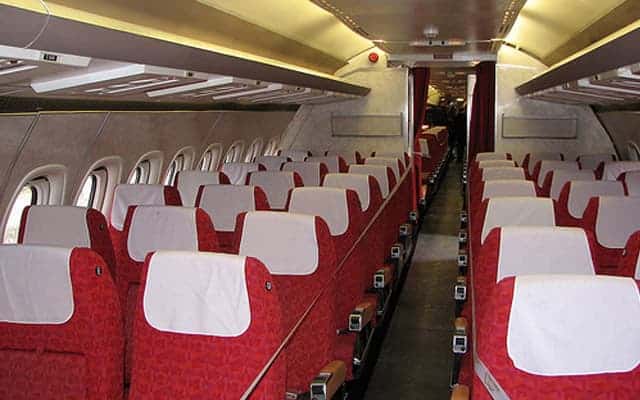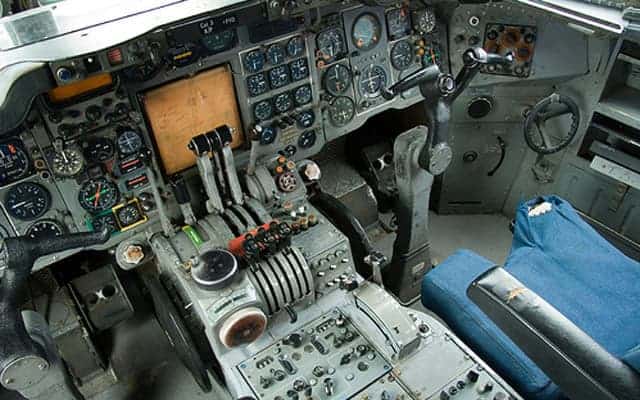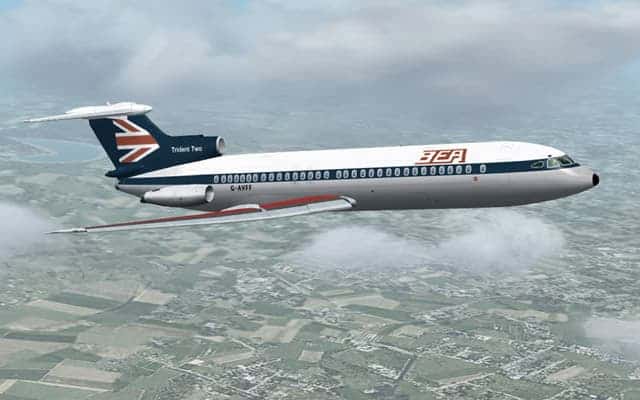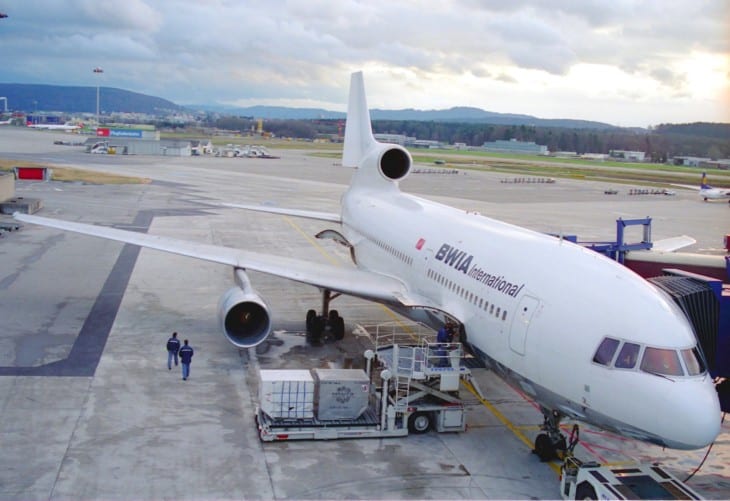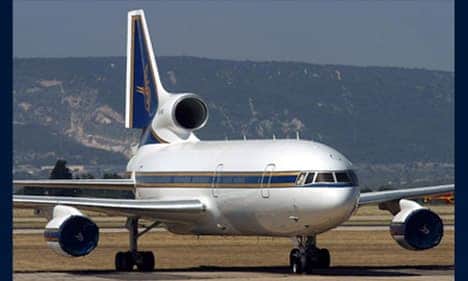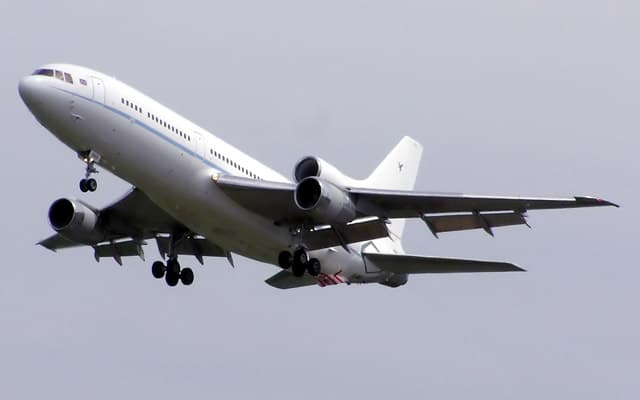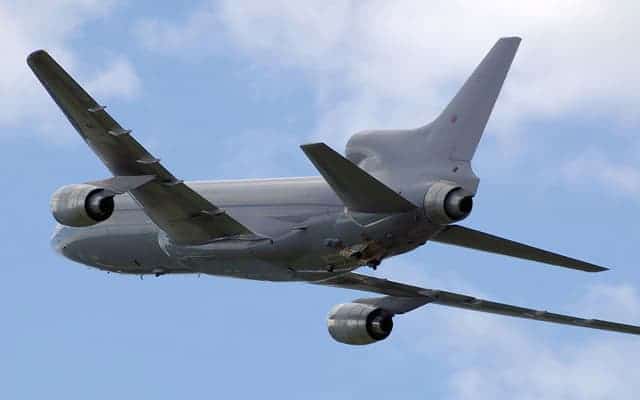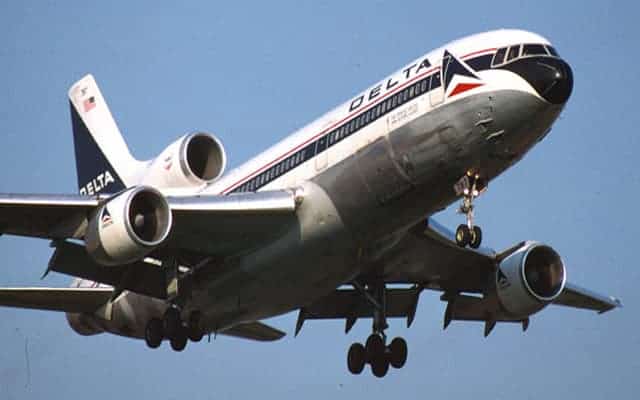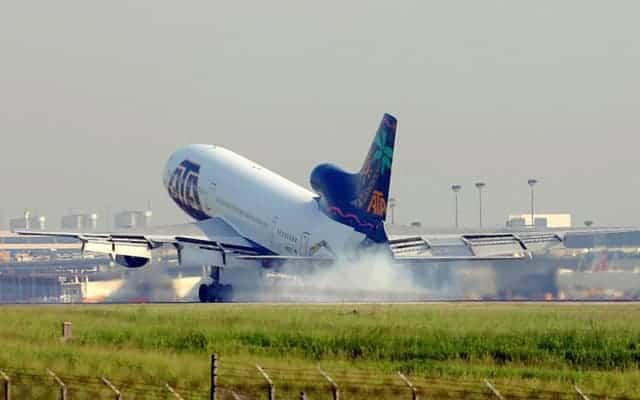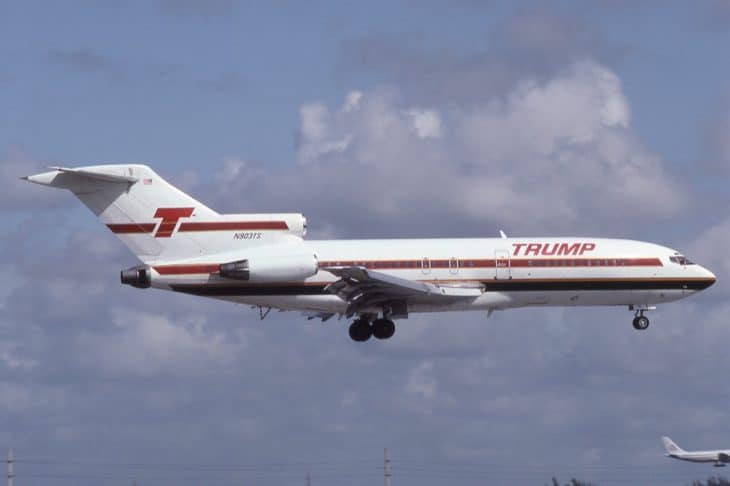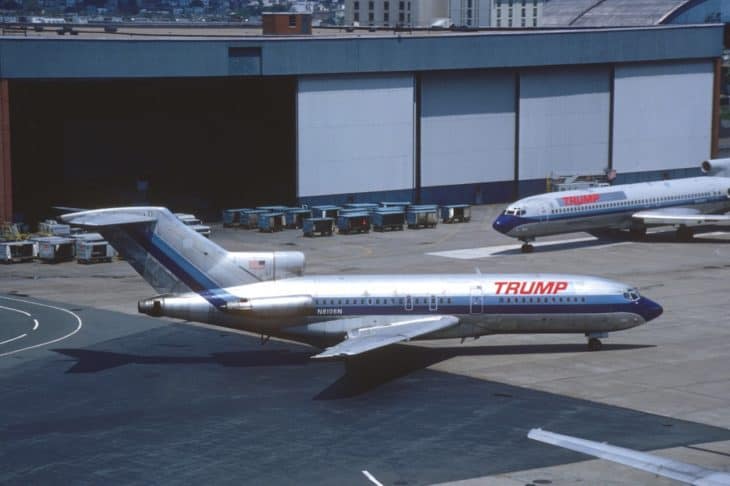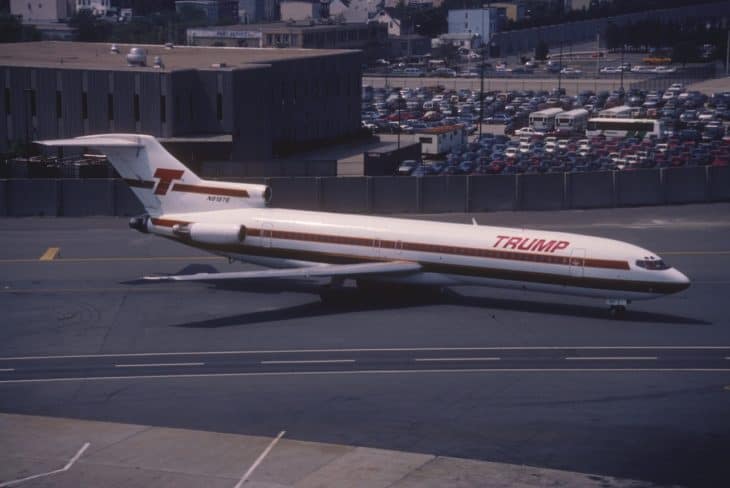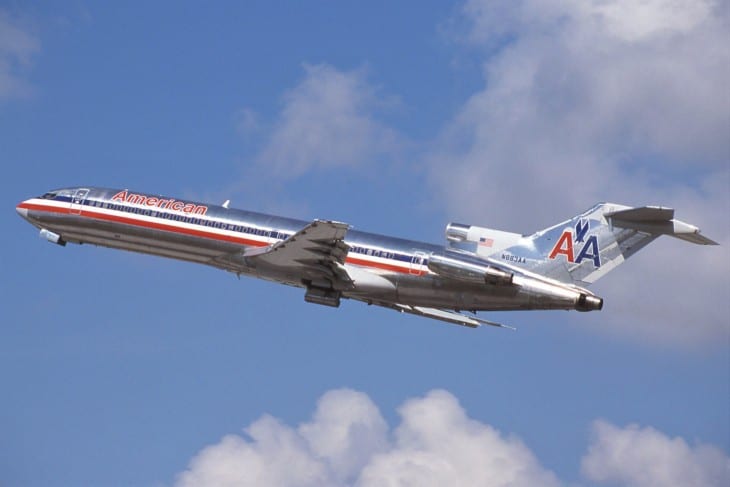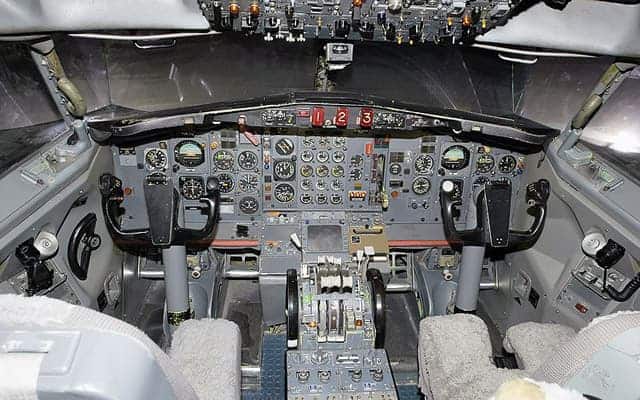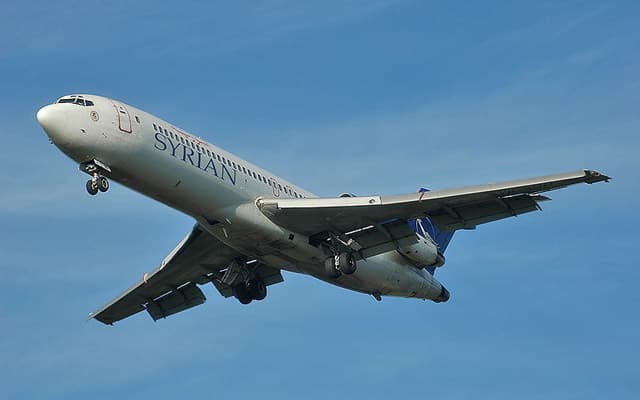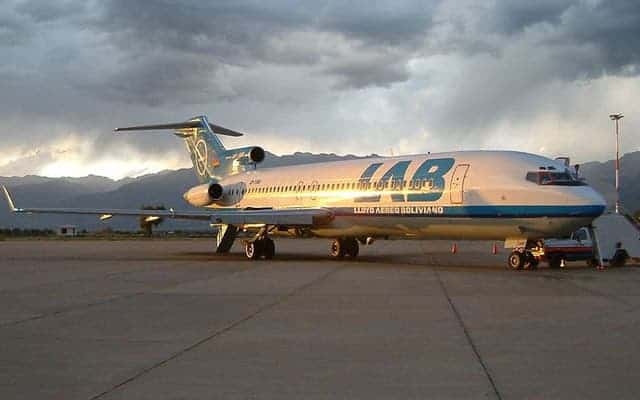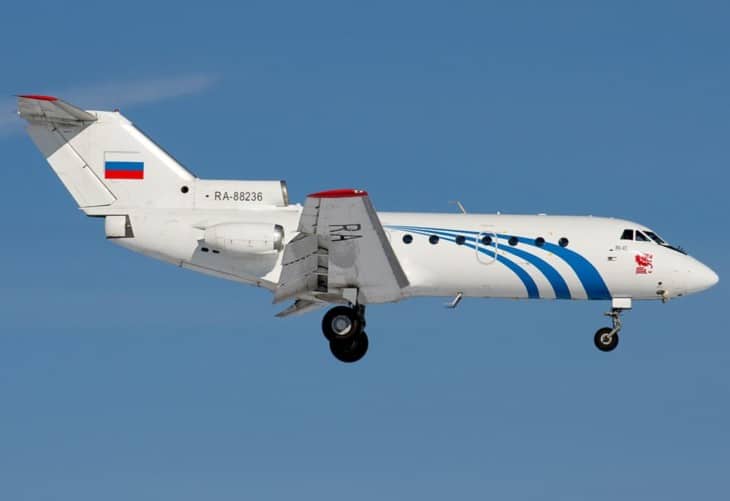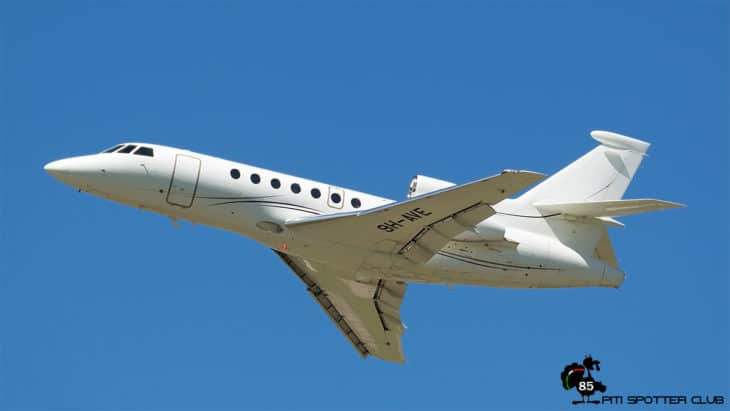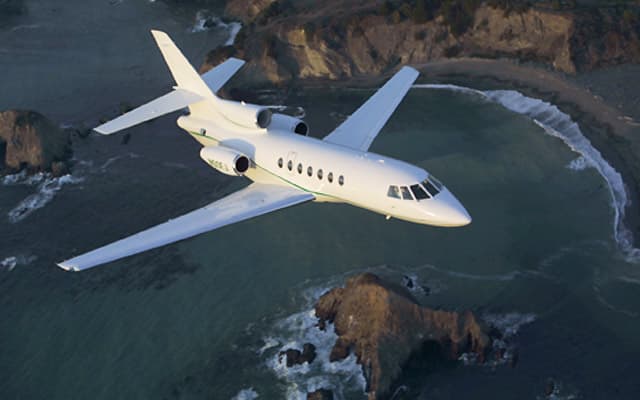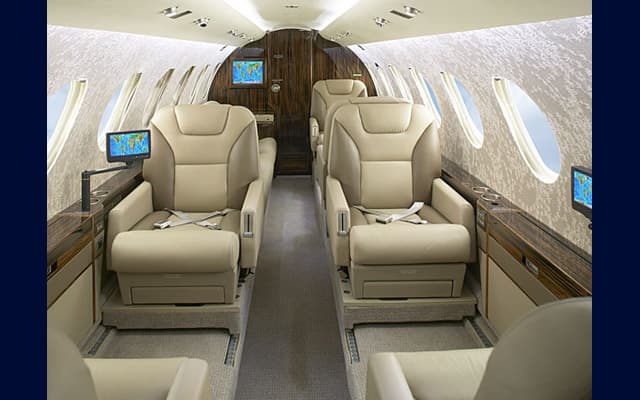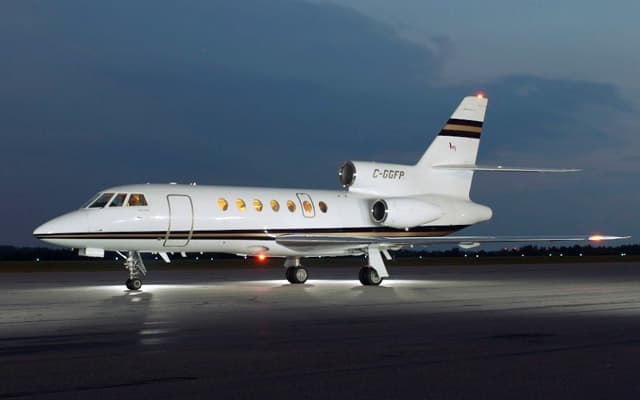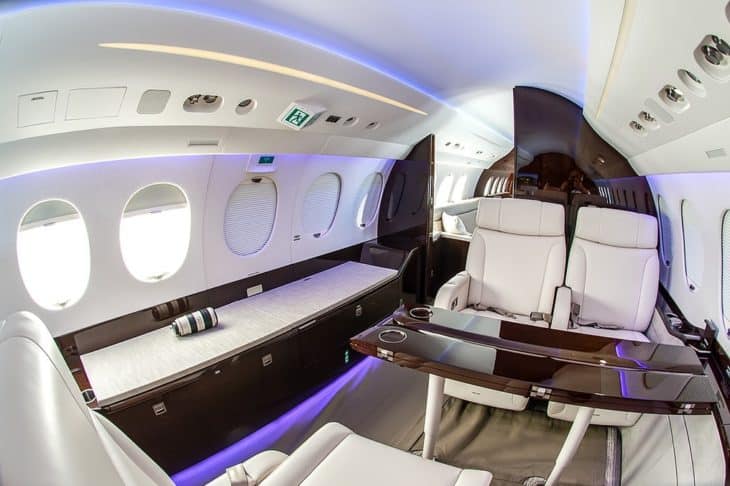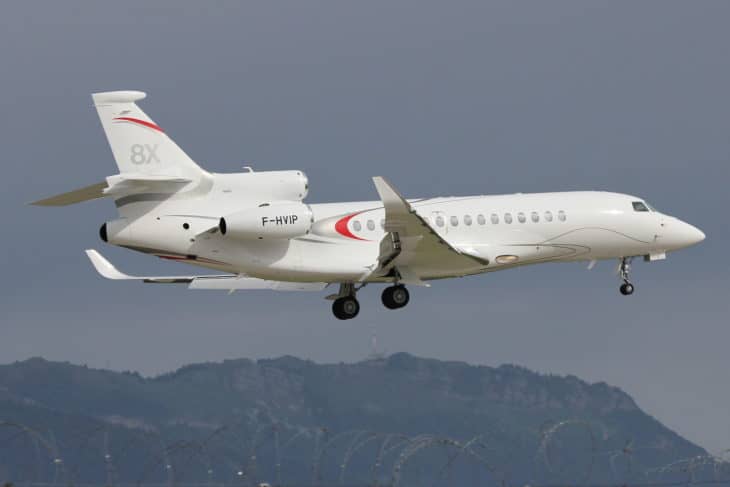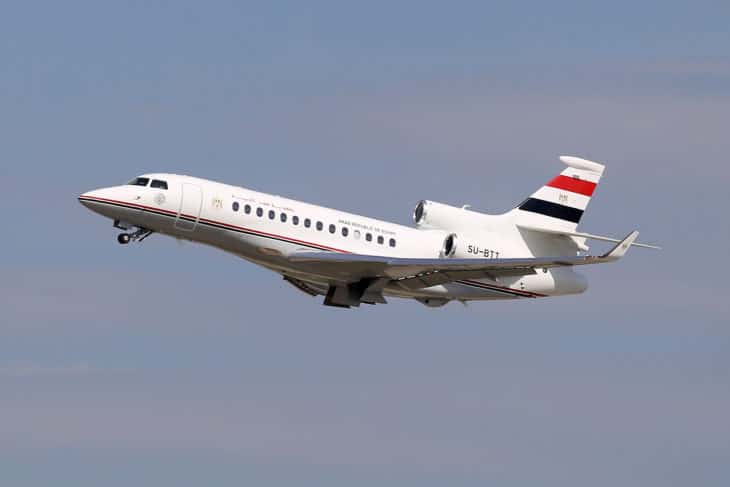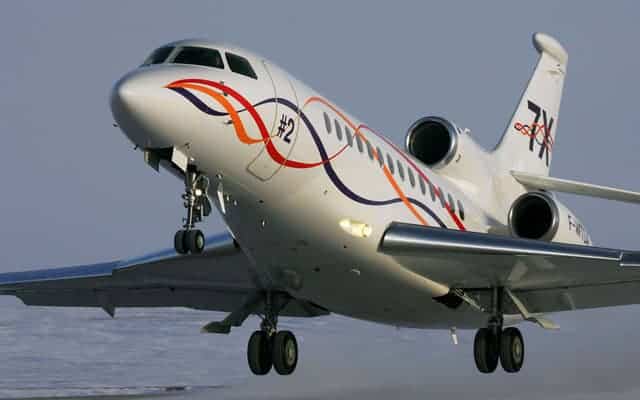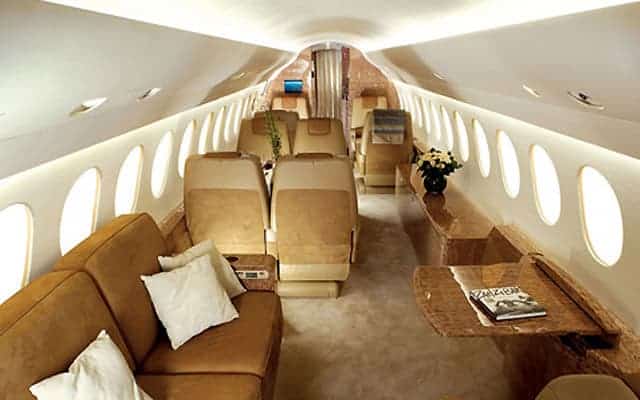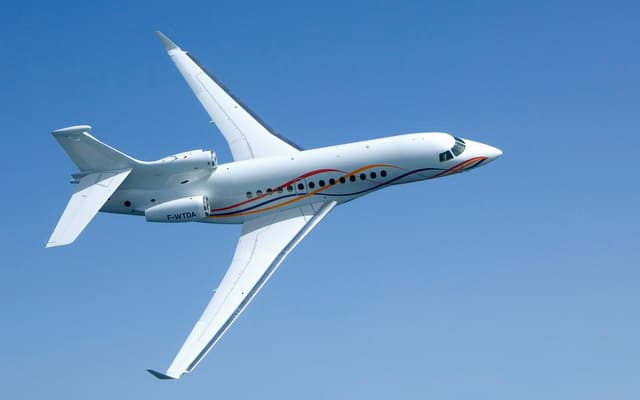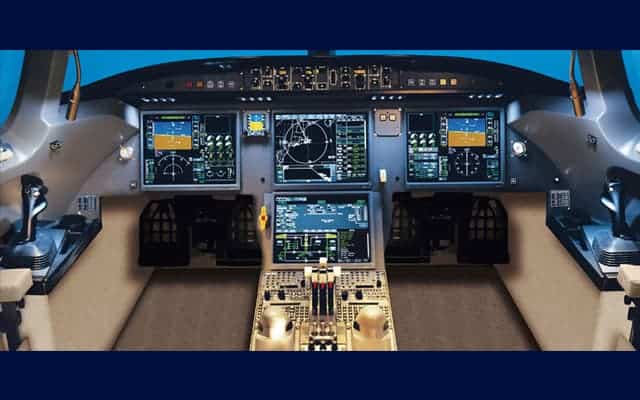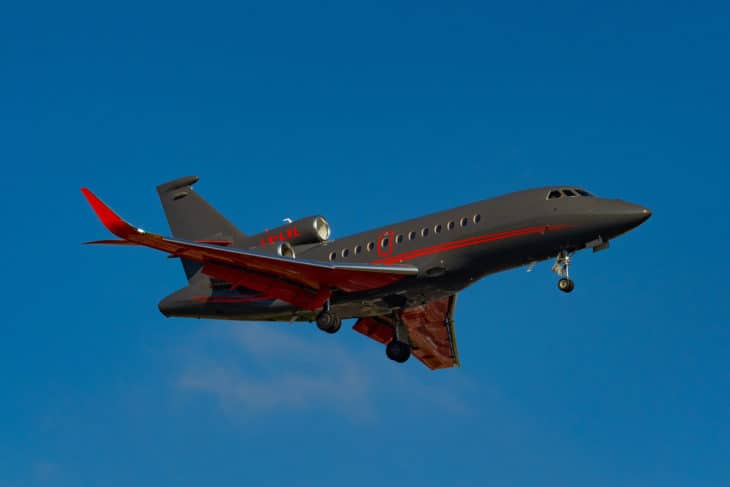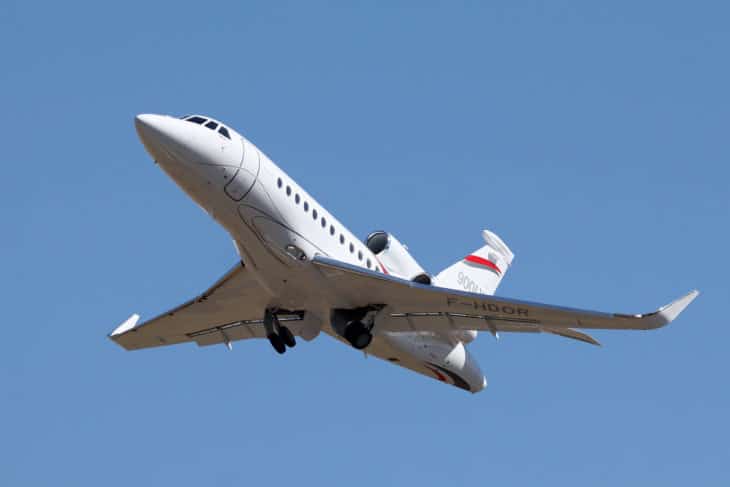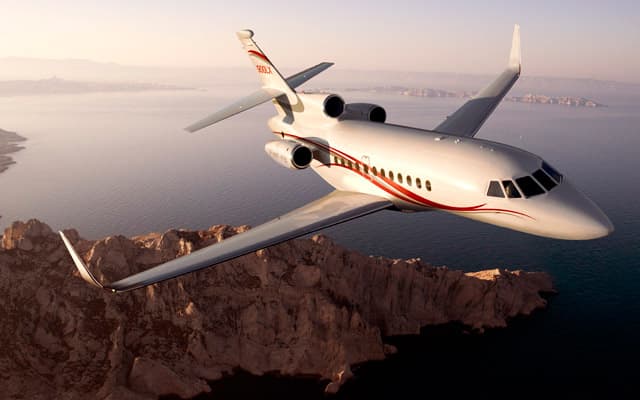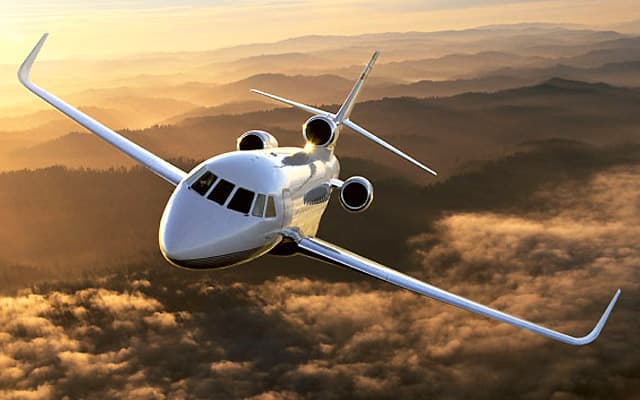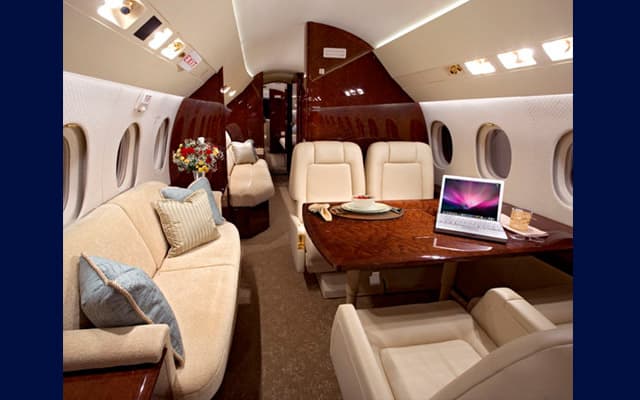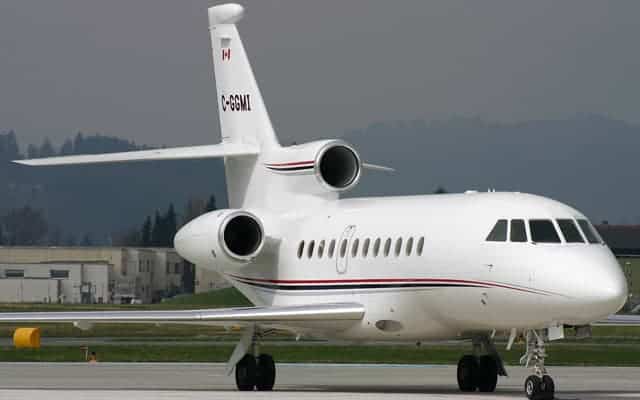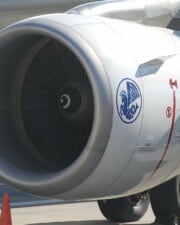Trijet aircraft designs were once a popular choice for aircraft manufacturers during the mid-20th century. The design made it possible to add three engines instead of four without sacrificing safety or performance. These are the best triple engined airplanes ever made.
Table of Contents
Some of the best aircraft ever produced were trijet aircraft, such as the Boeing 727 and the Dassault Falcon 900 series, however, trijets have mostly been confined to the private and business jet markets in recent decades, with almost no commercially operating trijet aircraft still in production.
There was nothing wrong with the trijet design, however, the rapid improvements made in long-range twin-engine aircraft made three-engine commercial planes all but obsolete.
Today, these majestic aircraft are rarely seen gracing the gates of airports around the world anymore, however, their long-lasting impact on long-haul commercial and private aviation will never be forgotten.
Best Commercial Trijet Aircraft
7. Yakovlev Yak-42
More info: Yakovlev Yak-42
The Yakovlev Yak-42 was developed in 1975 and introduced in 1980 to replace the obsolete Tu-134.
A Soviet-era aircraft, the Yakovlev Yak-42 is still in active operation by Jet Express Airlines, Izhavia, KrasAvia, Kosmos Airlines, and RusJet, and is capable of seating either 100 or 120 passengers, depending on the aircraft’s configuration.
When it was launched, the Yakovlev Yak-42 was the first Soviet aircraft powered by high-bypass turbofan engines, and over 185 models were built between 1979 and 2003.
While the Yakovlev Yak-42 was revolutionary for its time, many of its key features have since become obsolete, and with a total of 9 fatal accidents over its operational history, there are many doubts about the aircraft’s build quality and safety rating.
6. McDonnell Douglas DC-10
More info: McDonnell Douglas DC-10-10
The McDonnell Douglas DC-10 was one of the first wide-body aircraft when it was introduced in 1971 and was developed to succeed the DC-8 for long-range flights.
The aircraft had a range of 3,500 nautical miles (6,500 km) and was able to seat 270 passengers in its standard configuration.
The airliner was widely used by the likes of FedEx Express, Orbis International, TAB Airlines, Northwest Airlines, American Airlines, Turkish Airlines, and United Airlines and was also incorporated into the US Air Force as an air refueling aircraft.
The DC-10 was a quiet and spacious aircraft according to its pilots, however, a design flaw in the aircraft’s cargo doors gave the aircraft a poor safety rating during the 70s and led to numerous incidents and fatal crashes involving the aircraft in the 70s and 80s.
5. Tupolev Tu-154
More info: Tupolev Tu-154
Designed during the mid-1960s by Russian manufacturer Tupolev, the Tupolev Tu-154 became the backbone of the Soviet and Russian airline industry for decades and, by 1990, was credited with carrying over half of all Aeroflot passengers.
The mid-range aircraft was manufactured from 1968 to 2013 and remained in operation until 2016 when noise regulations made the aircraft obsolete on flights to Western Europe.
Contrary to the Yakovlev Yak-42, the Tupolev Tu-154 was a highly respected and safe aircraft on the international stage, with many comparing the aircraft to the Boeing 727.
With a cruising speed of 606 mph (975 kph) and a total range of 3,280 miles (5,280 km), the Tupolev Tu-154 is one of the fastest commercial aircraft produced and remains the flagship airliner of the Soviet Union and Russia.
4. McDonnell Douglas MD-11
More info: McDonnell Douglas MD-11
The McDonnell Douglas MD-11 was a wide-body aircraft introduced in 1990 and was intended to succeed the popular DC-10 and was outfitted with either General Electric or Pratt and Whitney engines.
The aircraft was launched primarily to be a commercial passenger airliner, however, the MD-11 failed to meet its fuel burn and range targets, which led to Boeing stopping production of the aircraft in 2000 after the merger with McDonnell Douglas.
Despite this, the MD-11 has found success as a cargo aircraft due to its affordability and high load capacity and remains on the fleets of UPS, FedEx, and Lufthansa Cargo.
3. Hawker Siddeley Trident
More info: Hawker Siddeley HS-121 Trident
The British-produced Hawker Siddeley Trident was introduced in 1964 to compete with the American-made Boeing 727, which was released just two months earlier.
The Hawker Siddeley Trident was powered by three low-bypass Rolls-Royce Spey turbofan engines mounted on the rear of the plane, which gave the aircraft an initial range of 2,350 nautical miles (4,350 km).
The Hawker Siddeley Trident remained in production from 1962 through 1978 and was used in the fleets of British Airways, British European Airways, Cyprus Airways, and CAAC Airlines.
The Hawker Siddeley Trident used an incredibly fast design which led its pilots to dub the aircraft the sports car of the skies, and despite 117 being built, none remain operational today.
Despite its short-lived history, the Hawker Siddeley Trident was the inspiration behind the legendary Boeing 727, which was based almost exactly on the specifications of the Hawker Siddeley Trident.
2. Lockheed L-1011 TriStar
More info: Lockheed L-1011 TriStar 500
Introduced in 1972, the Lockheed L-1011 TriStar was the third wide-body aircraft to enter operation, after the McDonnell Douglas DC-10 and the Boeing 747.
It had a range of more than 4,000 nautical miles (7,410 km) and a maximum seating capacity of 400 passengers. The aircraft used three Rolls-Royce RB211 engines, two under the wings and one on the upper fuselage near the tail.
The airliner remained in production from 1968 until 1984 and was used by British Airways, Delta Air Lines, Eastern Air Lines, and even Northrop Grumman.
The Lockheed L-1011 TriStar was an incredibly advanced aircraft for its time and was capable of landing itself when it was introduced more than 50 years ago.
Its only downfall was the aircraft’s steep price, which left the airliner unable to compete against the far cheaper DC-10.
1. Boeing 727
More info: Boeing 727
The Boeing 727 was a narrow-body aircraft that was introduced in 1964 to perform shorter flights between small airports after the company launched the 707 quad-jet in 1958.
The 727 was Boeing’s first and only trijet produced and used low-bypass Pratt & Whitney JT8D turbofan engines, which gave the original 727 a range of more than 2,250 nautical miles (4,170 km).
The Boeing 727 remained in regular operation until 2019, even after noise regulations forced Boeing to install hush kits, and became a favorite airliner for short-haul flights and certain international flights within the aircraft’s range.
The 727 was so reliable and successful that the airliner became the backbone of many small commercial airline operators around the world during the 60s and 70s who needed a small runway aircraft capable of flying medium-length flights.
Best Private Trijet Aircraft
5. Yakovlev Yak-40
More info: Yakovlev Yak-40
The Soviet-made Yakovlev Yak-40 entered production in 1967 and features a passenger cabin in front of the wings and three Ivchenko AI-25 turbofan engines in the rear of the fuselage.
The aircraft is the smallest commercial jet ever produced, with a length of 66 feet and 10 inches (20.36 m), and was introduced by Aeroflot to serve the remote parts of the Soviet Union.
The Yakovlev Yak-40 was exported to other countries in 1970 and is a nimble and sturdy aircraft despite its small size. The aircraft is a dual-use aircraft, performing commercial and private aviation duties, and is a relatively good aircraft even though many of its features are now very outdated.
4. Dassault Falcon 50
More info: Dassault Falcon 50EX
The Dassault Falcon 50 was introduced in 1976 as the successor to the Falcon 20 and used the same fuselage cross-section as its predecessor.
The Dassault Falcon 50 remained in operation until 2008, with over 350 of the super-midsize, long-range Falcon 50s built during its production life.
The aircraft remains a very desirable private jet to this day, in large part due to its three-engine layout, luxurious interior, and long-range capability, and the Falcon 50 has a strong resale value.
3. Dassault Falcon 8X
More info: Dassault Falcon 8X
Typically fitted with three cabin zones, the Dassault Falcon 8X is a large-cabin, ultra-long range trijet aircraft with a range of 6,450 nautical miles (11,945 km) that’s the successor to the popular Falcon 7X.
The Dassault Falcon 8X entered into production in 2016, making it a very modern aircraft, and the aircraft has a capacity of around 12 passengers.
Coming in with a minimum price tag of $43 million, the Dassault Falcon 8X is Dassault’s top-of-the-range model and is incredibly popular among the world’s elite for its uber-luxurious interior and ability to fly nonstop from London to Singapore.
2. Dassault Falcon 7X
More info: Dassault Falcon 7X
The Dassault Falcon 7X is a large-cabin business jet aircraft with a range of 5,950 nautical miles (11,020 km), the second largest jet of the Dassault Falcon series, and sister to the aforementioned Falcon 8X.
The Falcon 7X was introduced in 2001 at the Paris Air Show and only began full-time operation six years later in 2007.
The Falcon 7X remains in production to this day and is popular with executives from multinational corporations such as Shell and Volkswagen.
The Dassault Falcon 7X’s fantastic fuel economy, three-engine redundancy, and ultra-long range make it one of the premier private jets on the market and comes with a $35 million price tag.
1. Dassault Falcon 900
More info: Dassault Falcon 900LX
The Falcon 900 was introduced by Dassault in 1984 as the successor to the Dassault Falcon 50 and remains in production to this day as one of the most popular Dassault private jets available.
The Falcon 900 has a maximum range of 5,000 nautical miles (9,260 km) and features a highly durable and very light frame made from carbon fiber, titanium, and Kevlar, giving the aircraft incredible fuel consumption and almost unsurpassable maneuverability in the air.
The Falcon 900 uses three Garrett TFE731 engines and has been a reliable and efficient private jet for over four decades, making it the trijet of choice for executives and nobility with a starting price of a cool $44 million.
Related Posts

